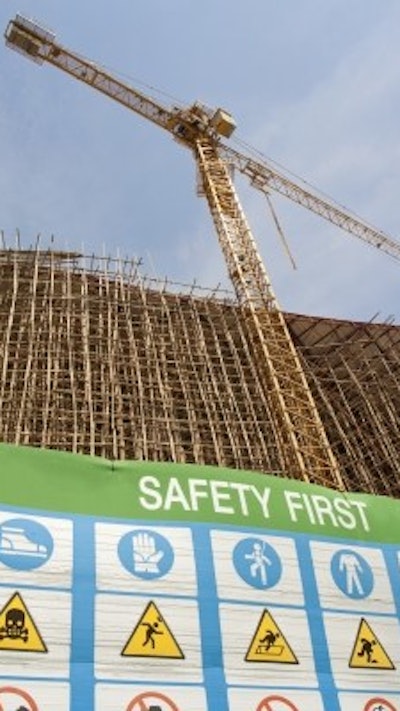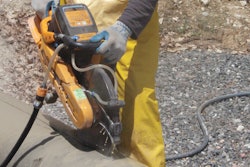
Industry in general is changing rapidly as technology continues to progress. In construction, new technology is being used not just to boost profits, but also to improve safety in one of the world’s most dangerous fields. In 2018, we can expect to see several changes in construction safety, both in regards to new technology as well as better safety training.
Here are four top construction safety changes to watch out for in 2018:.
Integration of new technologies
There are several types of new technologies that have been slowly introduced to construction sites, and we expect some of these technologies to become more widespread in 2018.
Wearable technology can help make jobsites safer by helping supervisors better monitor workers and equipment. These wearables use sensors to monitor all types of activity on construction sites. Data on both worker and equipment activity can be transmitted to offsite managers in real time, allowing management to watch this activity in two-dimensional building drawings and 3D models.
Drone technology is also making its way to construction sites. Some contractors use drones to survey sites and evaluate their safety levels. As drones become more popular both for personal and business use, we could see the use of drone technology become a trend in construction safety.
Construction Industry Leads Drone Adoption and Investment
Automation has also begun to tackle some of the most dangerous jobs, which is a trend we definitely expect to continue in 2018 and beyond. Robots have been used to go into pit mines, and in Pittsburgh, a robot is used to tie rebar for bridge decks.
Changes in data collection
As previously mentioned, wearable technology can help gather massive amounts of data. This data can be analyzed to detect areas where safety could be improved and to quickly identify onsite hazards before they cause accidents.
The American Society of Safety Engineers (ASSE) expects more and more companies to begin adding safety data to their corporate sustainability reporting in the coming years. Widespread public reporting of safety data can make construction sites safer across the globe. As data is collected and analyzed, problem areas can be identified and improvements can be made.
New training requirements
Earlier this year, New York City enacted a new construction safety training law which requires all construction workers in the city to undergo 40 hours of mandatory training over a period of one to three years. This law was passed in response to a crisis of fatal construction accidents plaguing the city.
Construction-related deaths and injuries are not unique to New York City — they’re a problem all over the country and across the globe. We expect other cities and states to begin pursuing their own construction safety legislation this year and beyond in order to combat rising rates of injury and death on jobsites.
Increased focus on resilience
Last year was full of extreme weather and natural disasters like hurricanes, floods, tornadoes and wildfires. Moving forward, it’s important for construction companies to consider how they make their structures resilient to these extreme conditions and disasters.
The White House declared November 2017 as Critical Infrastructure Security and Resilience Month, showing that both private industry and the government share an urgency to improve resiliency in all of the structures that make up our country.
This year and in the future, we expect to see a heavy focus on making our buildings and cities better protected from the catastrophic damage brought by hurricanes, earthquakes, tornadoes and other natural disasters. Additionally, newly constructed buildings should be more resistant to problems related to extreme weather, such as freezing and bursting pipes during extreme cold fronts.
Tom Moverman established the Lipsig Lawyers Firm with Harry Lipsig and his partners in 1989. The personal injury law firm focuses on products liability, personal injury, construction accidents, car accidents and medical malpractice.



















